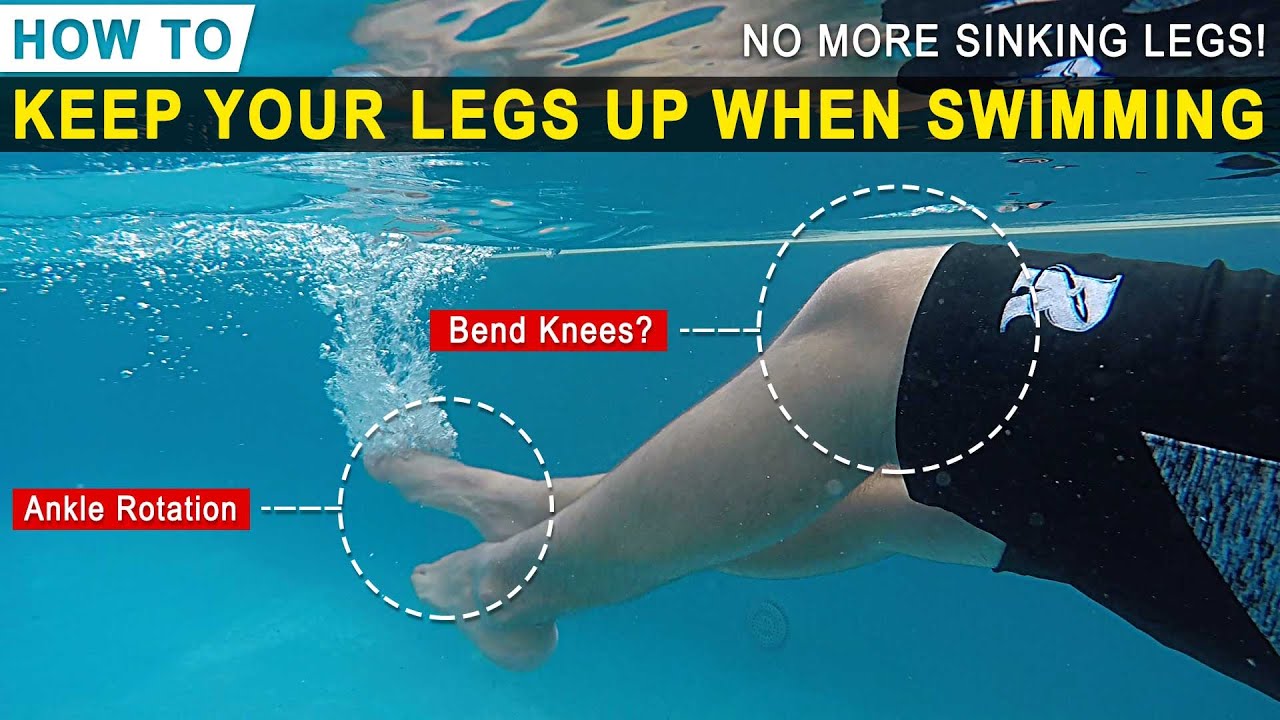## Understanding Buoyancy Control in Scuba Diving
To ensure a comfortable and safe scuba diving experience, it’s crucial to maintain neutral buoyancy. This allows divers to effortlessly hover in the water column without sinking or floating uncontrollably. While buoyancy control can be challenging initially, it becomes second nature with practice and proper techniques.
### Factors Affecting Buoyancy
Several factors influence buoyancy in scuba diving:
* **Weight System:** The weight belt or integrated weight system provides the necessary weight to counteract the diver’s natural buoyancy.
* **Exposure Suit:** Wetsuits and drysuits can add significant buoyancy, which must be accounted for by adjusting the weight system.
* **Gas Density:** Different gases have varying densities, affecting the diver’s overall buoyancy. For example, helium-based mixtures are less dense than air, increasing buoyancy.
* **Depth:** As divers descend, the pressure increases, compressing the air in their wetsuits and drysuits. This reduces their buoyancy, requiring additional weight at greater depths.
* **Breathing:** Inhaling fills the lungs with air, increasing buoyancy. Exhaling releases air, reducing buoyancy.
### Techniques to Control Buoyancy
**1. Proper Weighting:**
* Determine the ideal weight by consulting a dive shop or using a weighting scale.
* Adjust the weight belt or integrated system to achieve neutral buoyancy at the surface with a full tank.
* Ensure the weight is distributed evenly to maintain proper trim.
**2. Buoyancy Compensator Device (BCD):**
* The BCD is an inflatable jacket that allows precise buoyancy control.
* Inflate the BCD to increase buoyancy when ascending or floating uncontrollably.
* Deflate the BCD to decrease buoyancy when descending or sinking.
**3. Lung Volume Control:**
* Inhale to increase buoyancy and ascend.
* Exhale to decrease buoyancy and descend.
* Practice controlled breathing techniques to fine-tune buoyancy adjustments.
**4. Trim and Body Position:**
* Maintain a horizontal body position to reduce drag and improve buoyancy control.
* Adjust the tilt of your head and body to balance buoyancy and prevent rolling.
* Use your fins to make small adjustments and maneuver with greater precision.
**5. Gas Management:**
* Ascend with higher-density gas mixtures (e.g., air) to reduce buoyancy.
* Descend with lower-density gas mixtures (e.g., nitrox) to increase buoyancy.
* Monitor gas consumption and adjust breathing patterns accordingly.
### Common Buoyancy Problems and Solutions
**Problem: Floating uncontrollably**
* Solution: Deflate the BCD, inhale, or adjust the weight system.
**Problem: Sinking uncontrollably**
* Solution: Inflate the BCD, exhale, or adjust the weight system.
**Problem: Poor trim or rolling**
* Solution: Adjust body position, tilt head, or use fins for balance.
**Problem: Difficulty hovering at a specific depth**
* Solution: Fine-tune BCD inflation, lung volume control, or gas management.
### Additional Tips
* Practice buoyancy control in a controlled environment, such as a swimming pool or shallow dive site.
* Seek guidance from an experienced divemaster or instructor.
* Regularly evaluate and adjust buoyancy while diving.
* Stay hydrated as dehydration can affect buoyancy.
* Use a dive computer to monitor depth and adjust buoyancy accordingly.
### Conclusion
Maintaining neutral buoyancy in scuba diving is essential for safety, comfort, and efficiency. By understanding the factors that affect buoyancy and practicing proper techniques, divers can master this crucial skill and enjoy underwater exploration with confidence. Remember, buoyancy control is an ongoing process that requires continuous refinement to achieve the highest level of diving proficiency.
